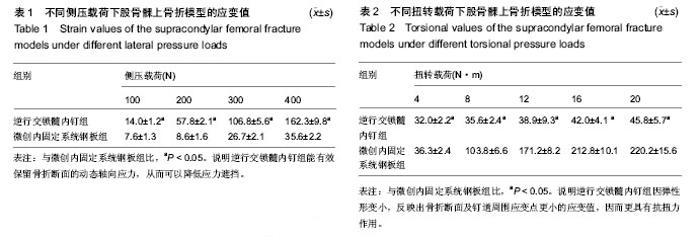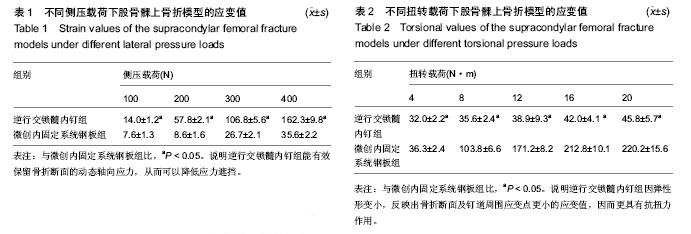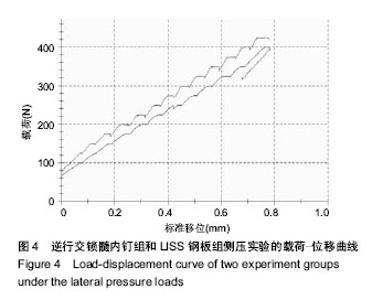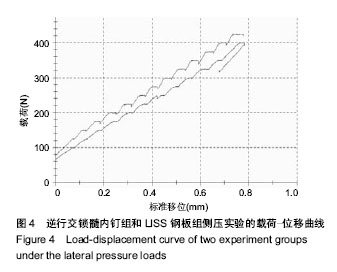| [1] Katz MH. Multivariable analysis: a practical guide for clinicians and public health researchers. New York: Cambridge University Press, USA. 2011.
[2] Nieves JW, Bilezikian JP, Lane JM, et al. Fragility fractures of the hip and femur: incidence and patient characteristics. Osteoporos Int. 2010;21:399-408.
[3] Zhang Y. Clinical epidemiology of orthopedic trauma. New York: Thieme. 2012;7:335.
[4] Markmiller M, Konrad G, Sudkamp N. Femur-LISS and distal femoral nail for fixation of distal femoral fractures: are there differences in outcome and complications? Clin Orthop Relat Res. 2004;426:252-257.
[5] Fankhauser F, Gruber G, Schippinger G, et al. Minimal-invasive treatment of distal femoral fractures with the LISS (Less Invasive Stabilization System): a prospective study of 30 fractures with a follow up of 20 months. Acta Orthop Scand. 2004;75:56-60.
[6] Ghandour A, Cosker TD, Kadambande SS, et al. Experience of the T2 supracondylar nail in distal femoral fractures. Injury. 2006;37:1019-1025.
[7] Stivala A, Hartley C. The effeets of a pilates-based exercise rehabilitation program on functional outcome and fall risk reduction in an aging adult status-post traumatic hip fracture due to a fall. J Geriatr Phys Ther. 2014;37:136-145.
[8] Wu CC. Modified retrograde-locked nailing for aseptic femoral supracondylar nonunion with severe osteoporosis in elderly patients. J Trauma. 2011;71:26-30.
[9] Paller DJ, Frenzen SW, Bartlett CS 3rd, et al. A three-dimensional comparison of intramedullary nail constructs for osteopenic supracondylar femur fractures. J Orthop Trauma. 2013;27:93-99.
[10] Wong MK, Leung F, Chow SP. Treatment of distal femoral fractures in the elderly using a less invasive plating technique. Int Orthop. 2005;29(2):117-120.
[11] Aldrian S, Schuster R, Haas N, et al. Fixation of supracondylar femoral fractures following total knee arthroplasty: is there any difference comparing angular stable plate fixation versus rigid interlocking nail fixation? Arch Orthop Trauma Surg. 2013;133:921-927.
[12] Schutz M, Muller M, Krettek C, et al. Minimally invasive fracture stabilization of distal femoral fractures with the LISS: a prospective multicenter study: results of a clinical study with special emphasis on difficult cases. Injury. 2001;32(Suppl): SC48-SC54.
[13] Bong MR, Egol KA, Koval KJ, et al. Comparison of the LISS and a retrogradeinserted supracondylar intramedullary nail for fixation of a periprosthetic distal femur fracture proximal to a total knee arthroplasty. J Arthroplasty. 2002;17:876-881.
[14] Heiney JP, Barnett MD, Vrabec GA, et al. Distal femoral fixation: a biomechanical comparison of trigen retrograde intramedullary (i.m.) nail, dynamic condylar screw (DCS), and locking compression plate (LCP) condylar plate. J Trauma. 2009;66:443-449.
[15] Kitson J, Booth G, Day R. A biomechanical comparison of locking plate and locking nail implants used for fractures of the proximal humerus. J Shoulder Elbow Surg 2007;16: 362-366.
[16] Kao FC, Tu YK, Su JY, et al. Treatment of distal femoral fracture by minimally invasive percutaneous plate osteosynthesis: comparison between the dynamic condylar screw and the less invasive stabilization system. J Trauma 2009;67:719-726.
[17] Heiney J P, Battula S, O'Connor JA, et al. Distal femoral fixation: a biomechanical comparison of retrograde nail, retrograde intramedullary nail, and prototype locking retrograde nail. Clin Biomech. 2012;27(7):692-696.
[18] Cornell CN, Ayalon O. Evidence for success with locking plates for fragility fractures. HSS J. 2011;7:164-169.
[19] Petsatodis G, Chatzisymeon A, Antonarakos P, et al. Condylar buttress plate versus dynamic condylar screw for supracondylar intra-articular distal femoral fractures. J Orthop Surg. 2010;18(1):35-38.
[20] Garnavos C, Lygdas P, Lasanianos NG, et al. Retrograde nailing and compression bolts in the treatment of type C distal femoral fractures. Injury. 2012;43(7):1170-1175.
[21] Zlowodzki M, Williamson S, Cole PA, et al. Biomechanical evaluation of the less invasive stabilization system, angled blade plate, and retrograde intramedullary nail for the internal fixation of distal femur fractures. J Orthop Trauma. 2004;18: 494-502.
[22] Pekmezci M, McDonald E, Buckley J, et al. Retrograde intramedullary nails with distal screws locked to the nail have higher fatigue strength than locking plates in the treatment of supracondylar femoral fractures: a cadaver-based laboratory investigation. Bone Joint J. 2014;96-B:114-121.
[23] Thomson AB, Driver R, Kregor PJ, et al. Long-term functional outcomes after intra-articular distal femur fractures: ORIF versus retrograde intramedullary nailing. Orthopedics. 2008; 31(8):748-750.
[24] Ghandour A, Cosker TDA, Kadambande SS, et al. Experience of the T2 supracondylar nail in distal femoral fractures. Injury. 2006;37(10):1019-1025. |



